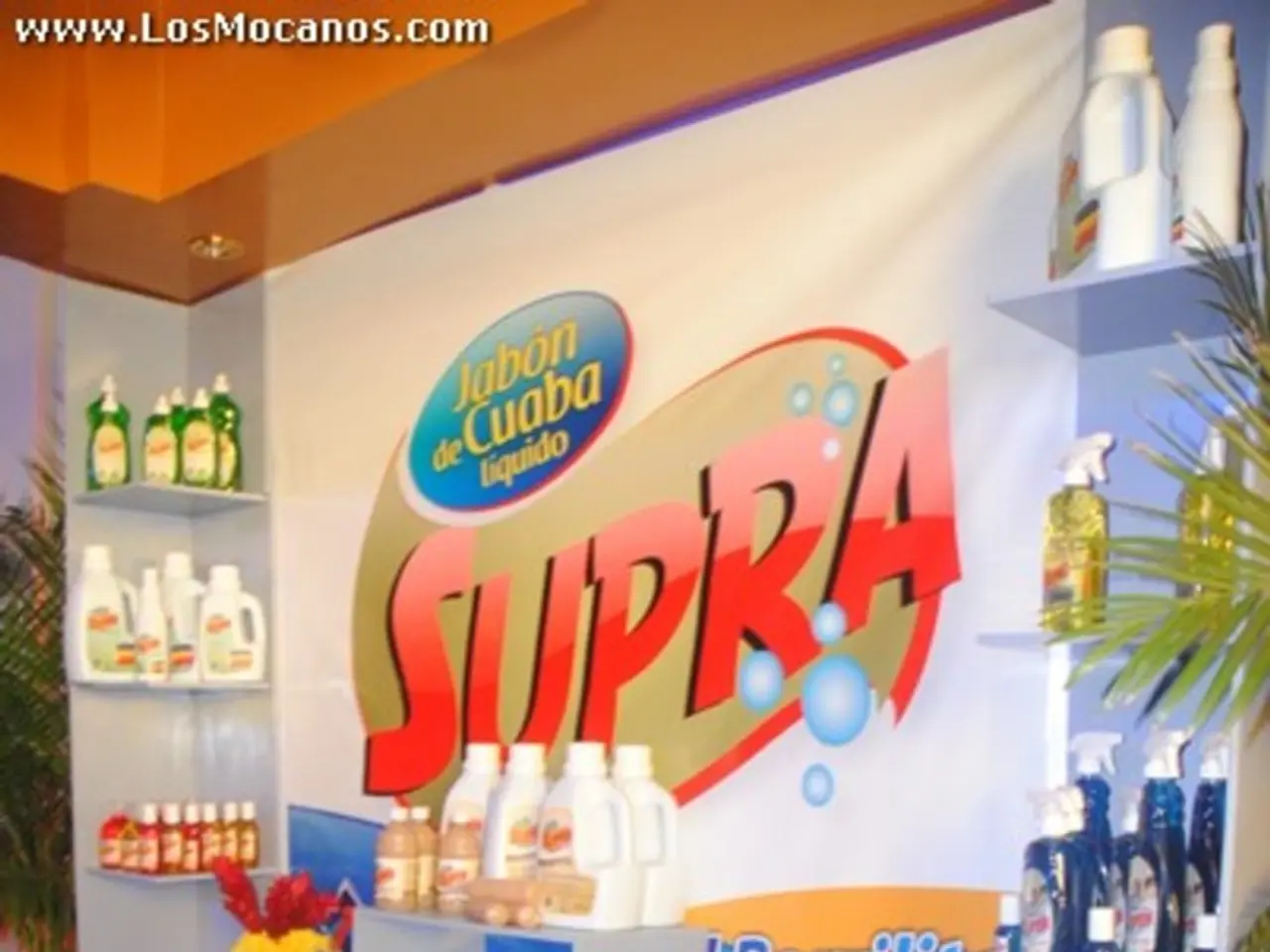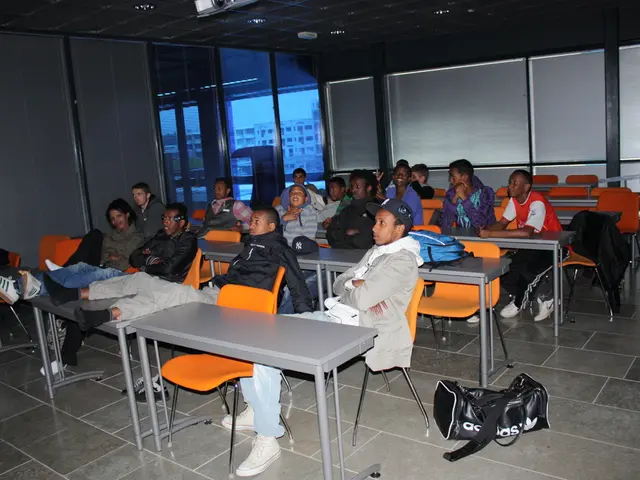Direct-to-Consumer Brands' Unique Verbal Approaches: An Analysis of BarkBox, Starface, and StrangeLove's Linguistic Styles
In the rapidly evolving landscape of direct-to-consumer (D2C) businesses, a distinctive brand voice has become a powerful tool for standing out. From skincare to beverages, innovative brands are harnessing the power of linguistic deviance to build trust, foster emotional connections, and differentiate themselves in crowded markets.
Building Trust and Confidence
Clear, accessible, and localized language plays a crucial role in reducing customer uncertainty. With 71% of consumers needing to trust a brand before making a purchase [1], using native language and culturally relevant expressions can lower perceived risk and increase purchase likelihood. Starface, a skincare brand with a voice described as txt-spk-y, spacey, and frolicsome, uses old-skool text-based emoticons, acronyms, and abbreviations to make customers feel understood and valued.
Creating Emotional Resonance and Authenticity
D2C brands often adopt distinctive, informal, or conversational language that breaks industry norms. This approach makes the brand feel more personal and relatable. Glossier, for instance, uses intimate, community-driven language to transform transactional interactions into meaningful customer relationships, creating loyalty and emotional engagement.
Standing Out Through Linguistic Deviance
Deviating from traditional, generic branding language allows D2C brands to establish a unique voice that mirrors the audience’s identity and values. Airbnb’s shift to words like “belonging” and “community” illustrates how linguistic innovation can redefine a brand’s meaning and foster deeper cultural and personal relevance.
Enhancing Personal and Cultural Relevance
Brands that tailor language to reflect contemporary cultural themes and personal identity increase their relevance to consumers. Engagement through language that resonates with social values, current trends, and community identity leads to stronger connections and higher conversion. StrangeLove, an Australian premium beverages brand with a distinctive personality and vocabulary, characterized as subversive, sardonic, and self-aware, uses its 'infrequently asked questions' section and 'Booze Book Volume 1' to engage customers with humour and wit.
In sum, distinctive brand language and linguistic deviance foster trust, loyalty, and emotional connection, making D2C brands more relatable, memorable, and relevant to consumers—key drivers of success in competitive direct-to-consumer markets [1][2][3][5]. As advertising costs for D2C companies have been rising annually, a unique brand voice can offer a cost-effective way to stand out.
With the number of D2C brands in the US increasing significantly from around 400 in 2016 to more than 22,000 in 2021, having a unique brand voice is no longer a luxury but a necessity. As Chris West argues, a brand’s voice is an expression of a world view, and, similar to the 790 quintillion 3-color combinations for visual identity, there are infinite linguistic palettes for brands to use [4]. A brand without a unique language is just noise, according to Mark Di Somma [6].
References:
[1] Chang, C. (2019). The Trust Factor: Why People Don't Trust Brands Online. Forbes.
[2] Singer, J. (2019). Glossier's Genius Marketing Strategy. Adweek.
[3] Liu, Y., & Chen, Y. (2020). How Linguistic Deviance Contributes to Brand Differentiation. Journal of Marketing.
[4] West, C. (2020). The Power of a Brand Voice. Brand Quarterly.
[5] Di Somma, M. (2019). The Brand Language Advantage. The Drum.
[6] Di Somma, M. (2018). The Brand Gap: Why Brands Keep Missing the Target—and How to Hit Bull's-Eye. Pearson Education.
- By adopting native and culturally relevant language, brands can reduce customer uncertainty and increase purchase likelihood, as 71% of consumers need to trust a brand before making a purchase.
- Brands that use distinctive, informal, or conversational language can create a personal and relatable feeling, fostering loyalty and emotional engagement.
- Deviating from traditional branding language allows D2C brands to establish a unique voice, mirroring the audience’s identity and values, and redefining their brand's meaning.
- Engaging customers with language that resonates with social values, current trends, and community identity leads to stronger connections and higher conversion.
- A unique brand voice can offer a cost-effective way for D2C companies to stand out, as advertising costs have been rising annually.
- With the number of D2C brands increasing significantly, having a unique brand voice is no longer a luxury but a necessity.
- As Chris West suggests, a brand’s voice is an expression of its worldview, and similar to visual identity, there are infinite linguistic palettes for brands to use, making a brand without a unique language just noise, according to Mark Di Somma.




